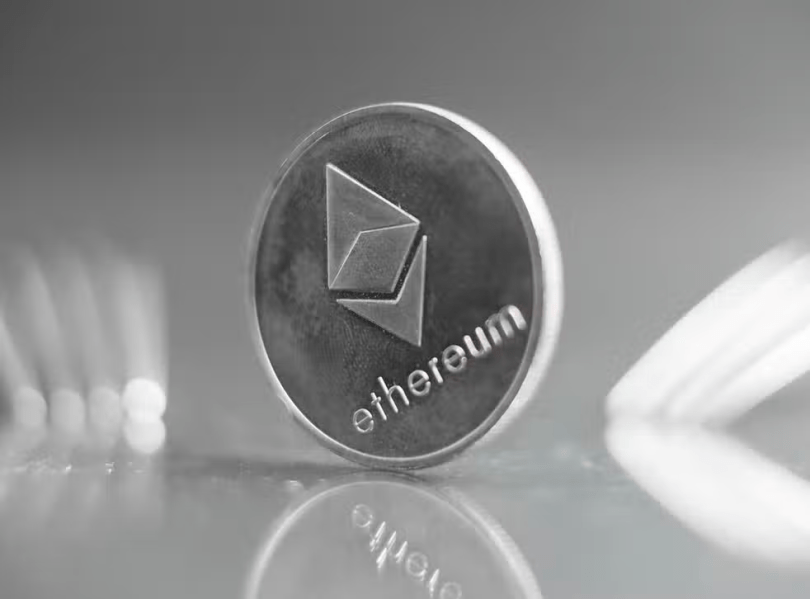During the night, Ethereum merged the two blockchains it was running into one, which Ethereum claims will reduce its energy use by 99.95% and pave the way for the second biggest cryptocurrency network to grow.
The Merge’s main impact will change the way “blocks” of transaction data are added to the Ethereum blockchain. While this means major surgery for Ethereum, individual owners won’t feel a thing—no changes need to be made on their end, and gas fees and processing speed are expected to stay the same.

What’s happening under the hood?
For years, Ethereum has been using two parallel blockchains: The original one, Mainnet, relies on a mechanism called proof-of-work—a process that involves users competing to solve cryptographic puzzles to add new blocks to the blockchain in order to earn ether rewards.
Mainnet’s younger sibling is the Beacon Chain, added in December 2020. It grows by using proof-of-stake, in which “validators” put up a share of their crypto as collateral (“staking”) for the privilege of being randomly selected to verify that a new block of data is correct. Once a certain number of them agree that the block is accurate, it’s added to the blockchain, and the validators are rewarded.
Mixed together, the Beacon Chain will be like Sriracha to the Mainnet’s mayo: The blocks that make up the Mainnet will still be there, but the new, combined blockchain will just taste like Beacon Chain—new blocks will only be added using proof-of-stake, not proof-of-work.
But…why?
Proof-of-stake is much more energy efficient than proof-of-work, since it limits how many users work on each block. Ethereum accounted for 20% to 39% of all of crypto’s electricity use as of August, and its annual carbon emissions are on par with Singapore’s. The Merge could make a major dent in the sector’s environmental impact, and possibly even pressure the No. 1 electricity chugger, Bitcoin, into reducing its energy use.
Less energy demand also opens the door for future upgrades Ethereum has planned to speed up transaction processing and to scale.
Now run along and annoy everyone with this information at your next dinner party.

Comments are closed.